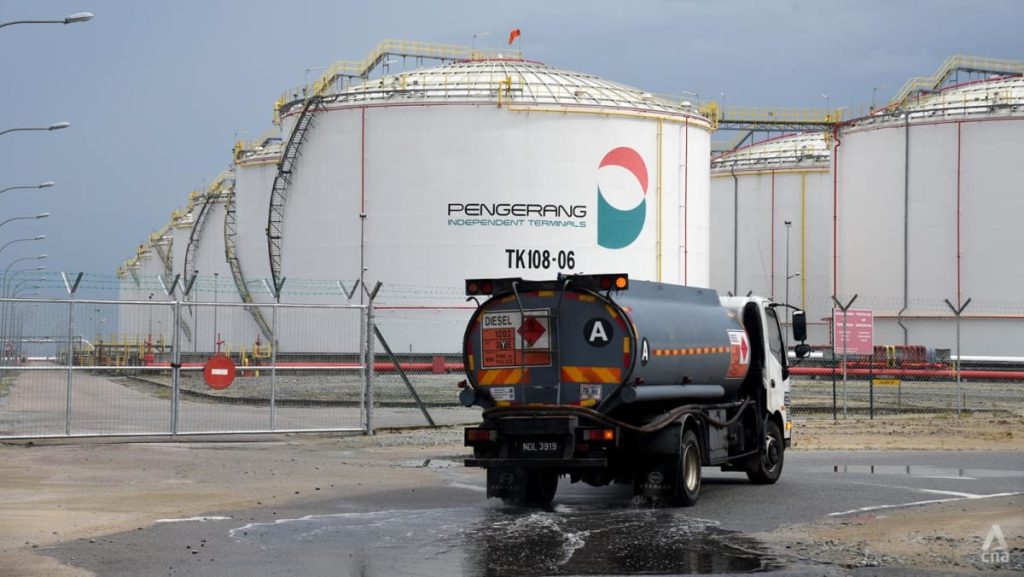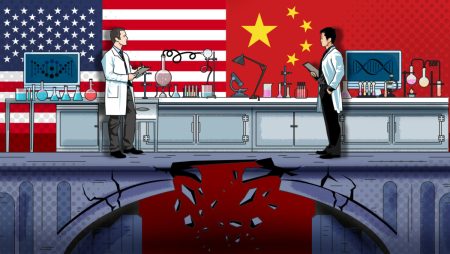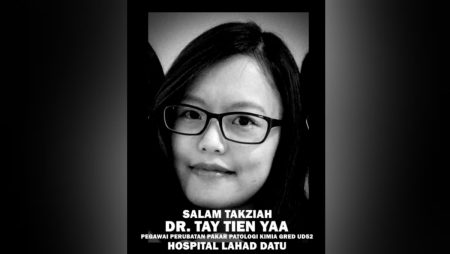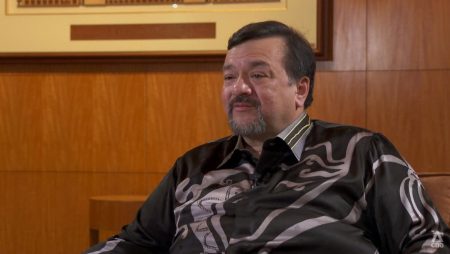During the Singapore-Malaysia Leaders’ Retreat in October 2023, the then-prime minister of Singapore Lee Hsien Loong and his Malaysian counterpart Anwar Ibrahim expressed a willingness to collaborate on renewable energy. They emphasized the move towards a low-carbon and sustainable future and discussed the potential for cross-border electricity trading, which would benefit both countries. One of the key points of discussion was the possibility of the Borneo state of Sarawak becoming a major exporter of green energy. Sarawak aims to provide up to one gigawatt of renewable energy to Singapore by 2032, with assurances that this export will not impact the state’s own domestic consumption.
The Johor state government is also actively pursuing renewable energy initiatives, with a particular focus on the Pengerang area. Representatives highlighted the inclusion of renewable energy sources such as solar, biomass, and potentially hydrogen in the industrial infrastructure. With its abundant land and high solar insolation, Pengerang is seen as an ideal location for solar energy projects. The state government has plans to diversify its energy portfolio by developing solar farms as part of the third phase of the Pengerang Industrial Petroleum Complex (PIPC) development, aligning with global trends towards sustainable energy solutions.
Experts have expressed optimism about Pengerang’s potential to become an oil and gas hub for Singaporean companies, but they caution that accessibility to the area needs improvement to facilitate the smooth flow of workers and cargo. Pengerang is currently an 80-minute drive from Johor Bahru city center and the Woodlands Causeway in Singapore, which is considered a long journey compared to other industrial areas in the planned Special Economic Zone (SEZ). While there are ferry services between Tanah Merah in Singapore and Desaru Coast in Pengerang, the frequencies and services are primarily catered towards tourists rather than industrial transportation.
The collaboration between Malaysia and Singapore in renewable energy and green technology is a key aspect of the memorandum of understanding on the SEZ. The potential integration of renewable energy sources in the industrial infrastructure of areas like Pengerang presents significant opportunities for both countries. The mention of Pengerang as a location for solar energy projects is supported by its ample land and high solar insolation, making it an attractive site for such initiatives. With plans to develop solar farms as part of the PIPC development, Johor’s state government is demonstrating a commitment to sustainable energy solutions and attracting investments in renewable energy.
Overall, the focus on renewable energy collaboration between Malaysia and Singapore marks a significant step towards a low-carbon and sustainable future for both countries. The potential for Sarawak to become a major exporter of green energy to Singapore, along with initiatives in Johor state to develop renewable energy projects, underscores the commitment to building a more environmentally friendly energy sector. However, challenges such as improving accessibility to industrial areas like Pengerang will need to be addressed to fully realize the benefits of these renewable energy initiatives and collaborations.















